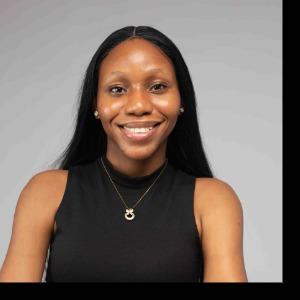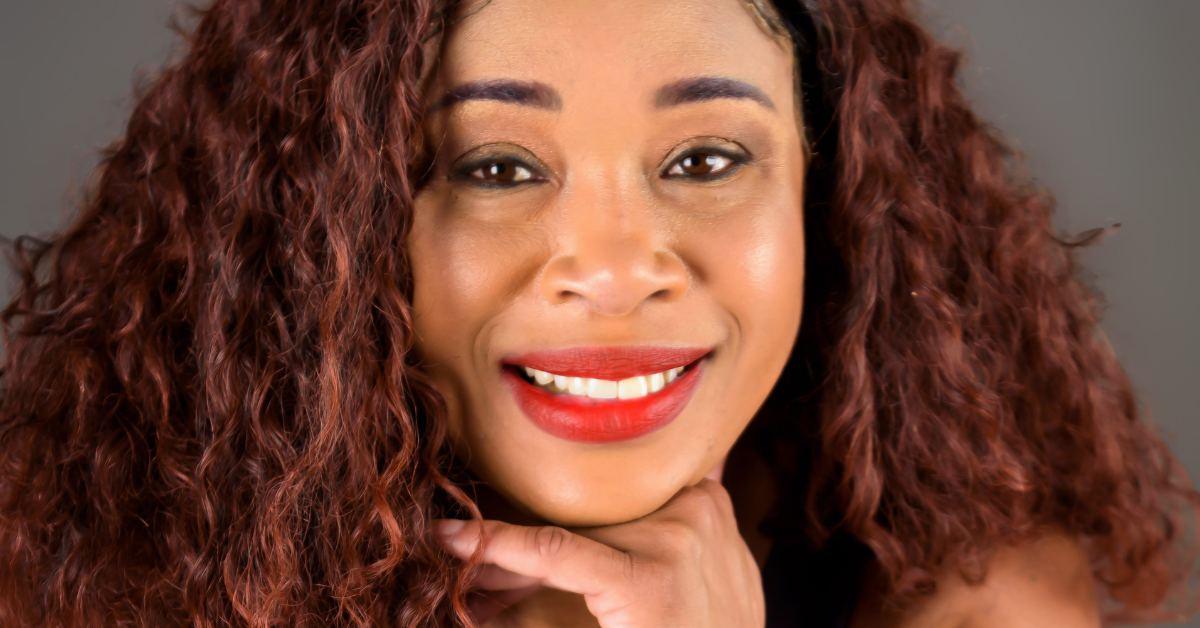How Black Women Navigate Leadership Roles Without Code Switching

For decades, Black women executive leadership was shaped by an unspoken demand to conform. Speak a certain way. Dress a certain way. Walk a certain way. Tuck away cultural expression to fit into white-dominant workplace norms. But today, a new generation of Black women in leadership roles are rejecting code-switching and in doing so, they are boldly redefining professionalism.

Showing Up Fully: The Choice To Lead Authentically
For many Black women, code-switching is a survival mechanism. Switching between cultural expressions at home and at work can become second nature. But now, more women are choosing to lead without the mask.
Take Melissa Butler, founder of The Lip Bar, a beauty brand that champions inclusivity. Melissa built her company around the rejection of Eurocentric beauty standards and she leads in that same spirit.
“I can see a massive market share for your lipsticks in the clown market. Aren’t you worried if you walked into a bar with that color lip, somebody would try to resuscitate you?” That’s what Kevin O’Leary told Melissa Butler, CEO of The Lip Bar, when she pitched her business on Shark Tank in 2015.
She was told her brand was too bold, too colorful, too Black. And she leaned in harder. That boldness extends to how she shows up in executive meetings, investor calls, and industry panels. She doesn’t soften her tone, or act differently to put others at ease. She leads as herself, and she wins.
The Emotional Labor Of Conformity
Code-switching isn’t just inconvenient. It is exhausting. A 2023 report noted that Black employees who regularly code-switch experience increased stress and decreased job satisfaction. For Black women, the pressure is even more layered. Not only do they have to navigate racial bias, but also gendered expectations around being “likable” or “non-threatening.”
Many Black women in leadership have shared that their early careers were marked by a constant negotiation of identity. They straightened their hair, softened their tone, and carefully crafted feedback to avoid being labeled “aggressive.” Over time, this relentless code-switching came at a cost — dulling their sense of authenticity and chipping away at their confidence.
For some, the turning point came with the realization that their leadership strengths were rooted in their lived experiences, not in their ability to conform. Today, more Black women are choosing to lead without compromise — mentoring others to do the same and proving that authenticity is not a liability, but a powerful asset.

The Pushback Is Real
Choosing not to code-switch isn’t without consequences. There are still unspoken rules in corporate America, and showing up authentically can invite subtle forms of bias: being labeled as “difficult,” “too bold,” or “not a team player.”
Bozoma Saint John, a well-known executive and marketing leader, has talked about this exact tension. She has shared publicly that when she entered corporate spaces, she felt pressure to tone down her style. In an interview with Byrdie, she said: “When I started getting into these corporate spaces, I started feeling the pressure. I was made to feel like I needed to tone it down—that I shouldn’t wear braids or colored hair. I also received advice that I shouldn’t wear red lipstick or red nail polish. When you hear messages like that, it seeps inside, and for me, it quieted my entire personality. It was that kind of feedback that drove me totally off the ledge, though. I gave up. I just decided not to pull my hair back anymore and to wear my red nails and leopard shirts because it feels good. If I wasn’t going to get promoted, so be it.”
These microaggressions reveal how tightly professionalism is still tied to whiteness. But Bozoma, like many other Black women, is uninterested in making herself smaller to meet outdated standards.
Redefining Professionalism on Their Own Terms
Instead of bending to the system, these women are redefining it. For them, professionalism isn’t about conformity —it’s about clarity, competence, and consistency. And that doesn’t require straight hair, neutral tones, or passive tones.
The Power of Representation
Representation matters. When younger Black professionals see women who look like them leading boldly, it expands what they believe is possible. It shifts the workplace culture from the inside out and it plants a seed of“I don’t have to shrink to succeed.”
This is why visibility is critical because the ripple effect is powerful. It shifts workplace culture from the inside out, challenging the myth that leadership has a single look, sound, or style. From Mellody Hobson, who became the first Black woman to chair an S&P 500 company, to Bozoma Saint John, , whose boldness has set new standards for marketing leadership, Black women are modeling a new definition of power. Not quieter. Not less Black. Just excellent.
Mentorship And Safe Spaces Are Key
Authentic leadership can feel isolating. That’s why many Black women rely on informal networks, sister circles, and affinity groups to stay grounded. These spaces offer more than support. They serve as incubators for new leadership models and a place to swap advice on negotiating salaries, navigating bias, or simply surviving another microaggression-filled meeting. They are also incubators for something bigger: new leadership models rooted in liberation, not limitation.
Because when one woman stands tall in her truth, she makes room for the next to do the same. And together, they chip away at the idea that professionalism has to mean assimilation.






